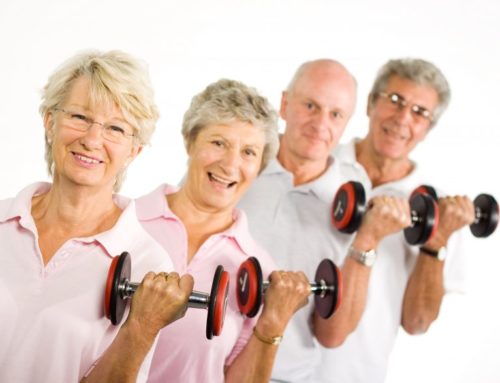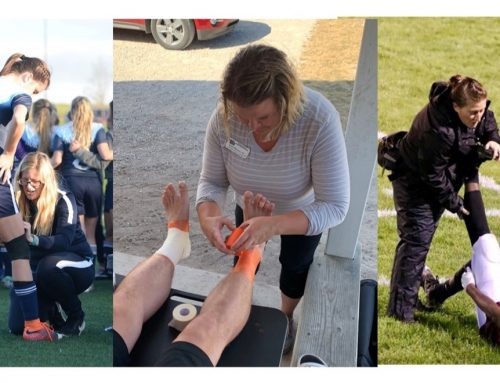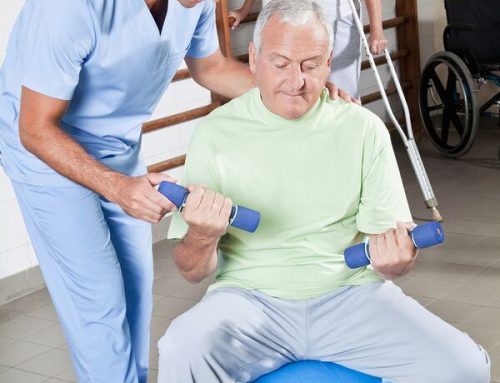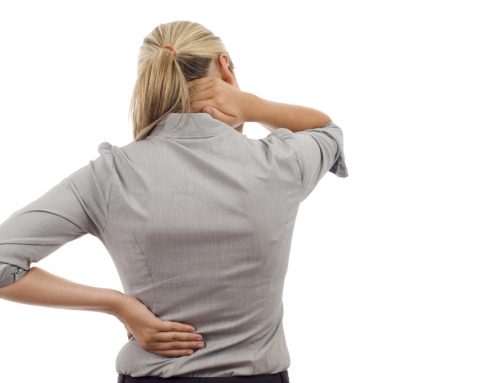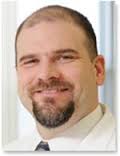
Dr. Todd Sheperd’s 6 Things to Know About Cycling Injuries.
Today we have an interview with Dr. Todd Sheperd, a fellowship-trained sports medicine and family physician in Petoskey.
What is your medical background? MD, with board certification in family medicine with additional fellowship training and certification in sports medicine, recertified for both in 2013.
1. I hear you’re into cycling. What are some common cycling injuries?
There are two main groups of injuries that I see commonly;
Acute injuries from trauma/falls – these can include concussions, abrasions/ “road rash”, sprains of the wrist, and shoulder are common acute injuries.
Chronic or overuse injuries – carpal tunnel symptoms, hip knee and ankle problems can all develop with either poor bike fit, or poor training technique (both on and off the bike).
2. How does the way a bike fits an athlete impact injures?
There are many areas of the bike which can be adjusted to make sure that the rider is positioned in a way that keeps the joints in a “neutral” position as possible. When the rider is moved farther away from their body’s neutral position, it creates increased stress with each pedal stroke.
3. How can an athlete check the fit of their bike?
Petoskey has several very good bike shops with people well trained to identify errors in bike set up. There are several online ways to get a general idea, but honestly like most sports, have a pro watch you will often help a great deal more. In addition, some changes need to have a period of time to see if they’ll help or hurt, so the bike fit often requires many small adjustments to get it just right.
4. How can a cyclist condition their bodies to make injuries less likely? Are there any muscle groups they should pay particular attention to?
Flexibility in the legs is very difficult to improve with just riding, so dry land activities are essential to keep the hamstrings and ileotibial bands from becoming tight. An often overlooked area is the core. Having a strong core can really help protect riders from developing low back and hip complaints with biking.
5. If a cyclist develops joint pain, how long should they wait before they see a doctor? I would say as a general rule if 2-4 weeks pass without improvement, it is a good idea to see your medical provider.
6. What kind of treatment can be expected for a repetitive strain injury from cycling?
When I assess cycling injuries related to overuse or repetitive injuries, I try to focus on the previous factors to help the two main objectives; eliminate pain and keep it from recurring. In addition to reviewing concepts of bike fit and risk factors for injury (training, strength, flexibility, previous injury), I will discuss treatment options that frequently include oral medications, possible relative rest, physical therapy (which may include physical modalities/treatments to improve tissue healing). Occasionally injections of certain structures may speed recovery. Very rarely, I will refer patients to orthopedic surgery for failure of the above interventions to help pain.
Tell me about your practice. Is it accepting new patients? My practice is located in Petoskey in Mitchell Park. I am accepting new patients. We participate with most insurances. I have onsite casting and splinting, and injection materials. I have onsite USN instruments as well.
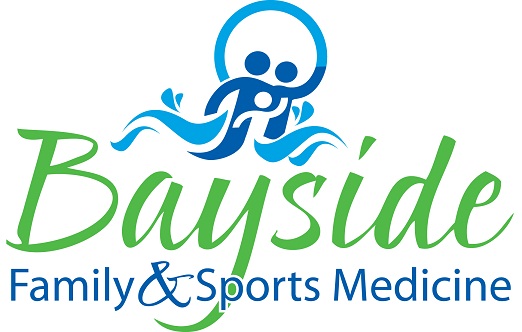 BAYSIDE FAMILY & SPORTS MEDICINE
BAYSIDE FAMILY & SPORTS MEDICINE
2325 Summit Park Drive-Petoskey 231.439.5100



